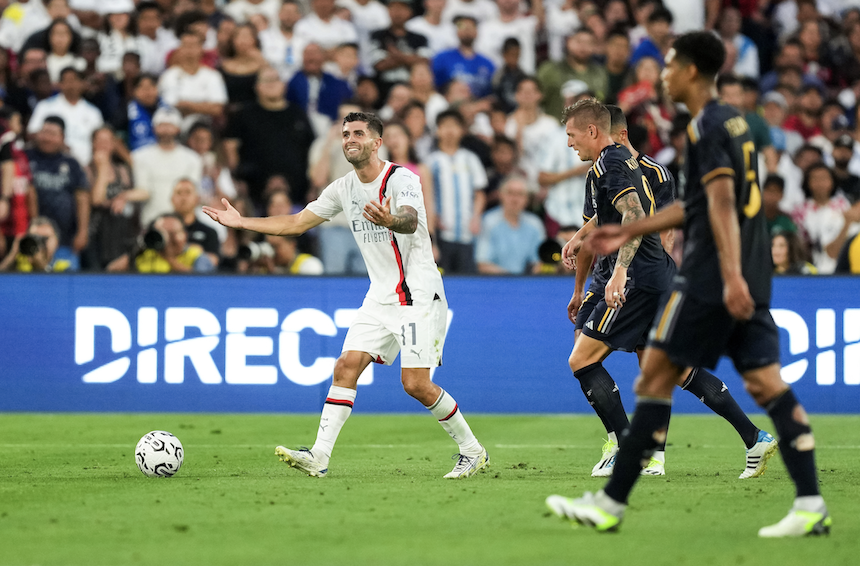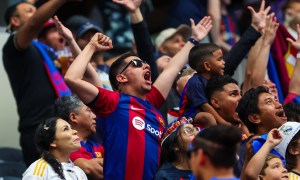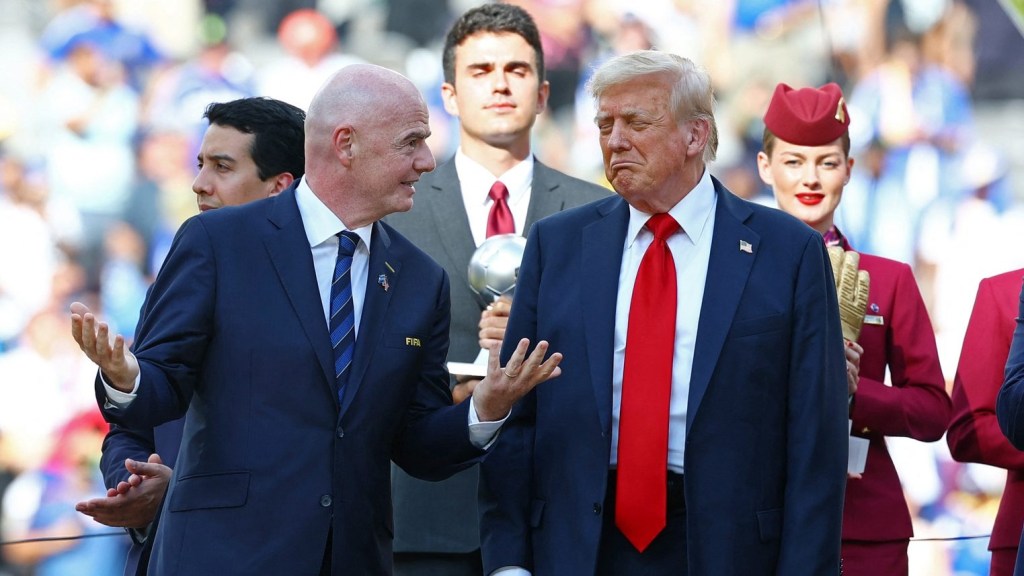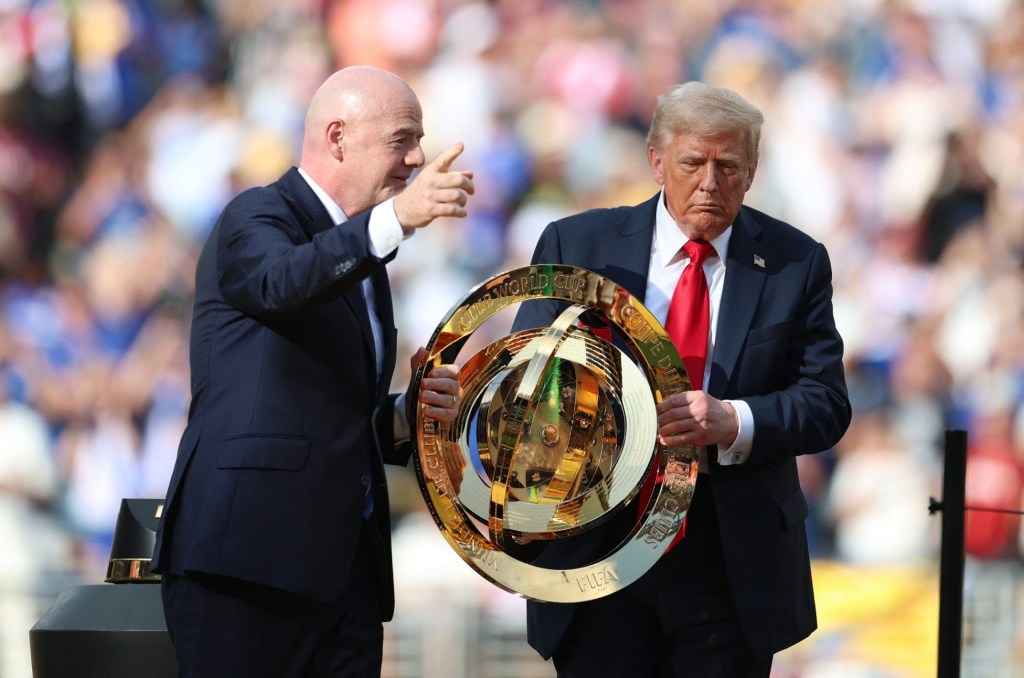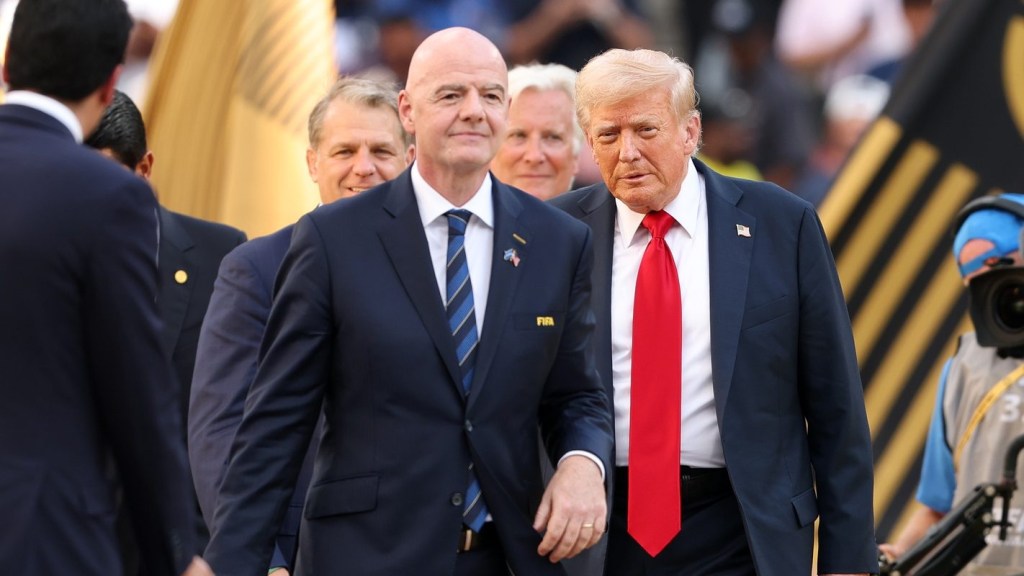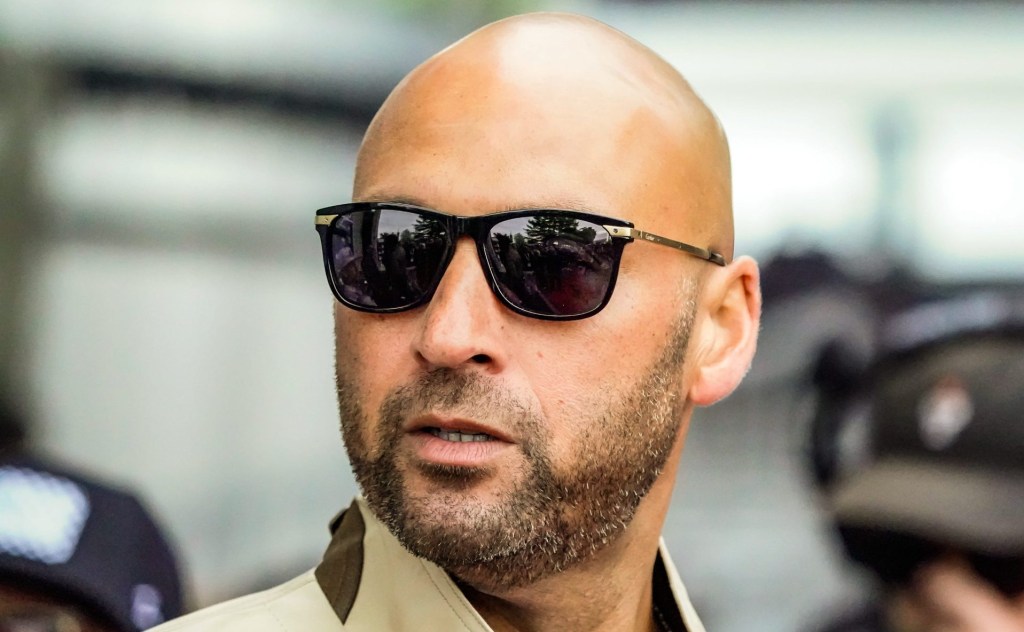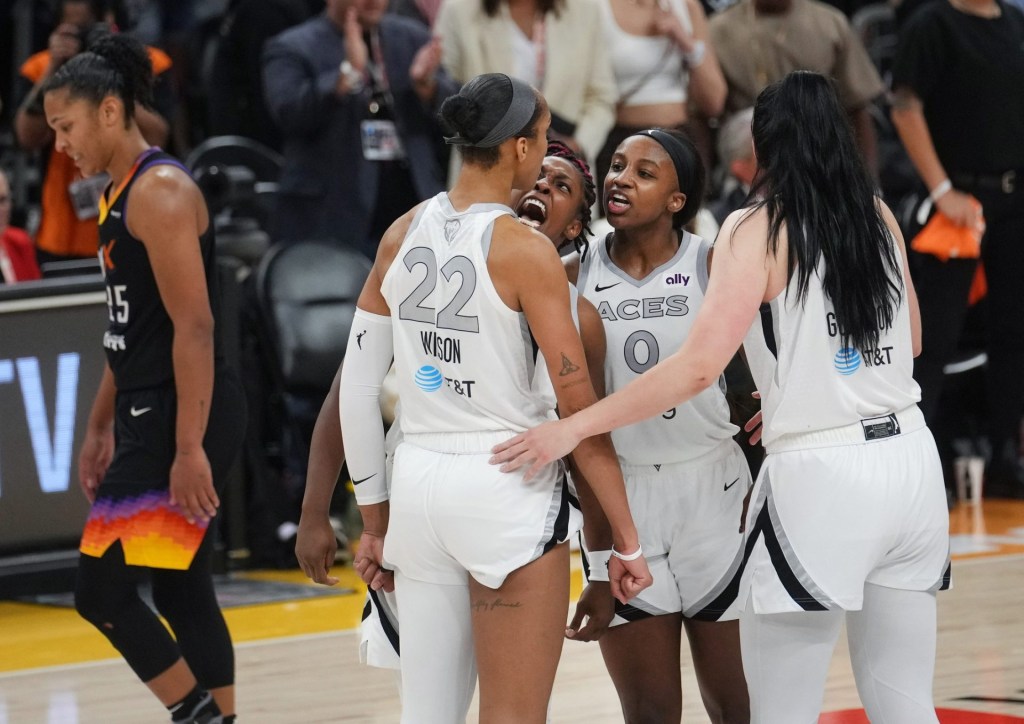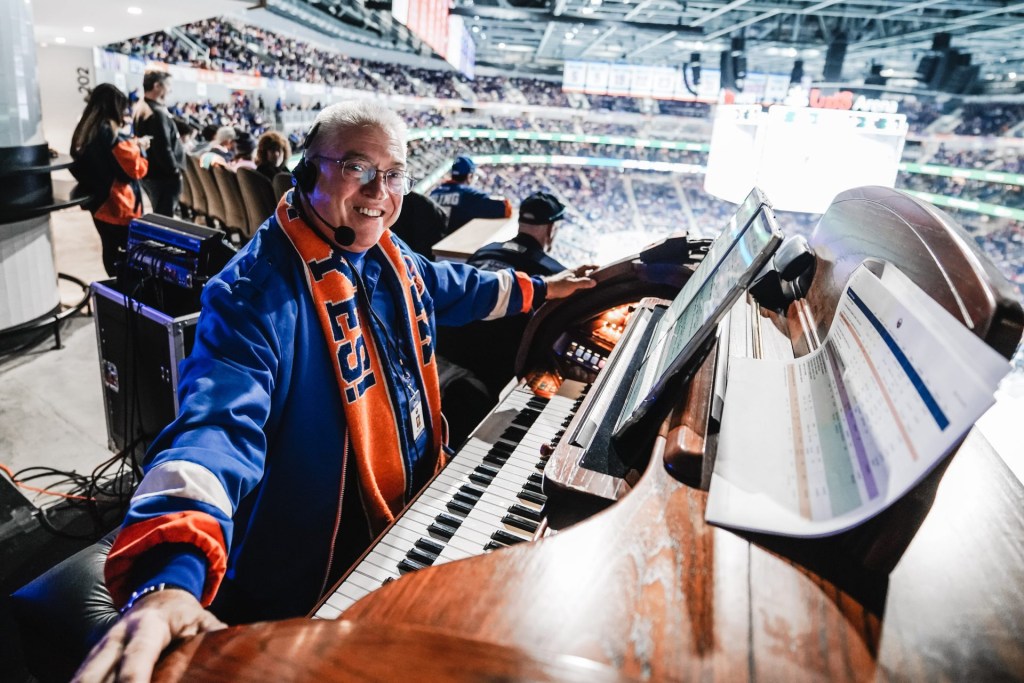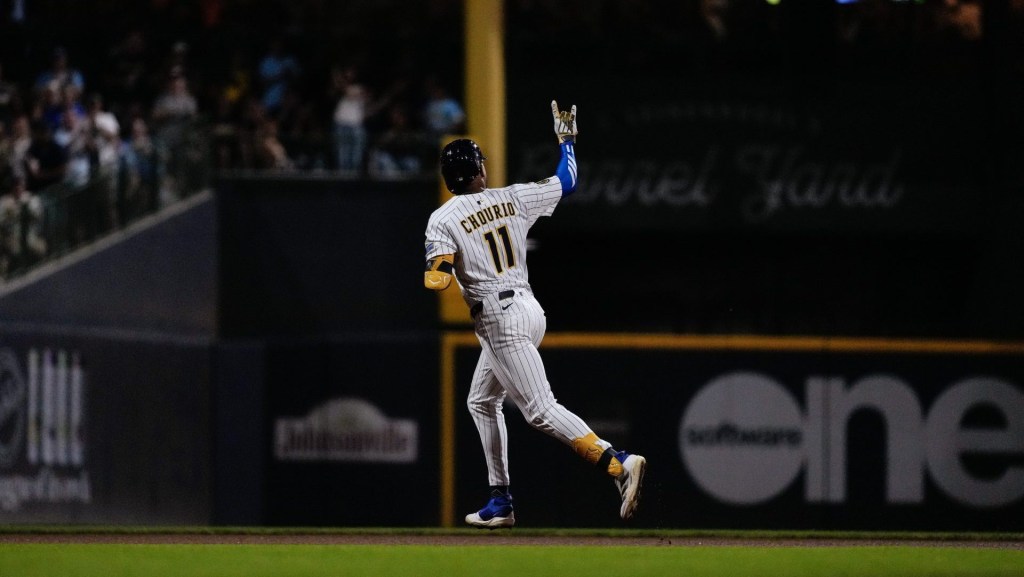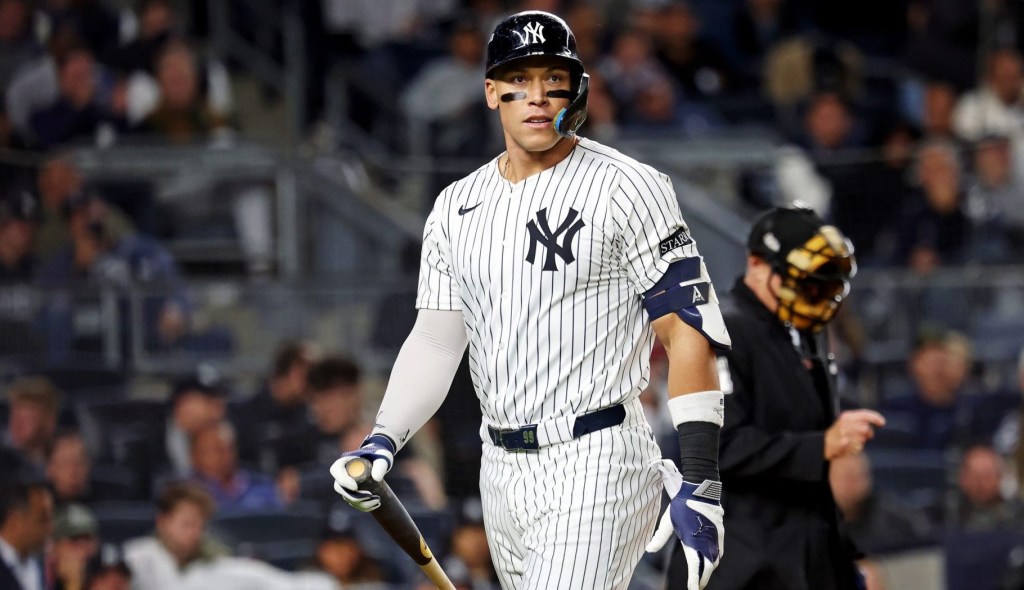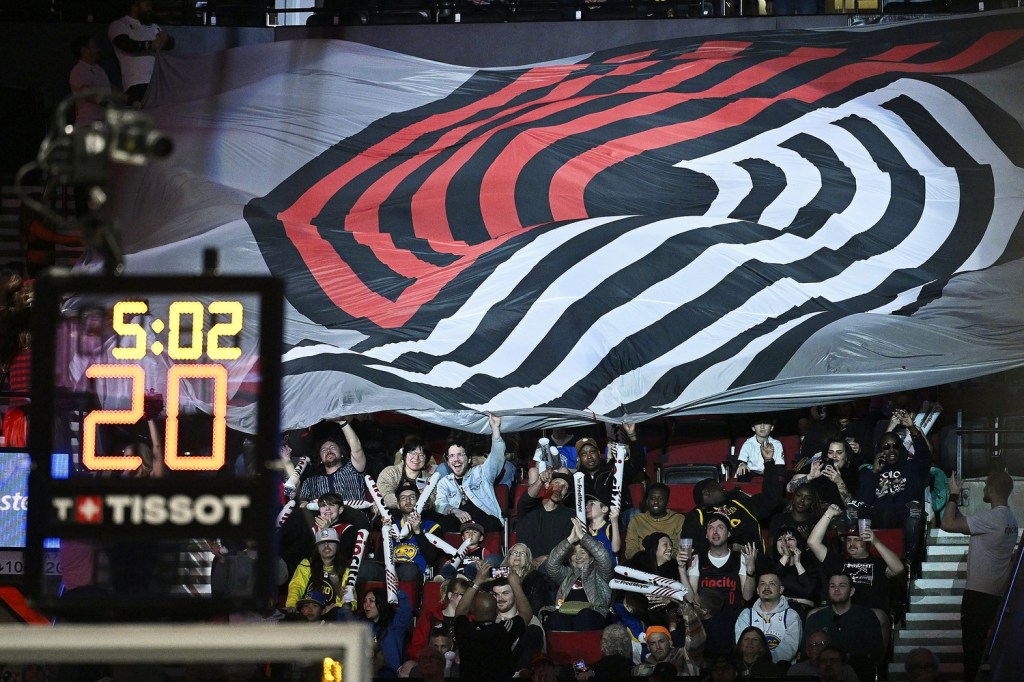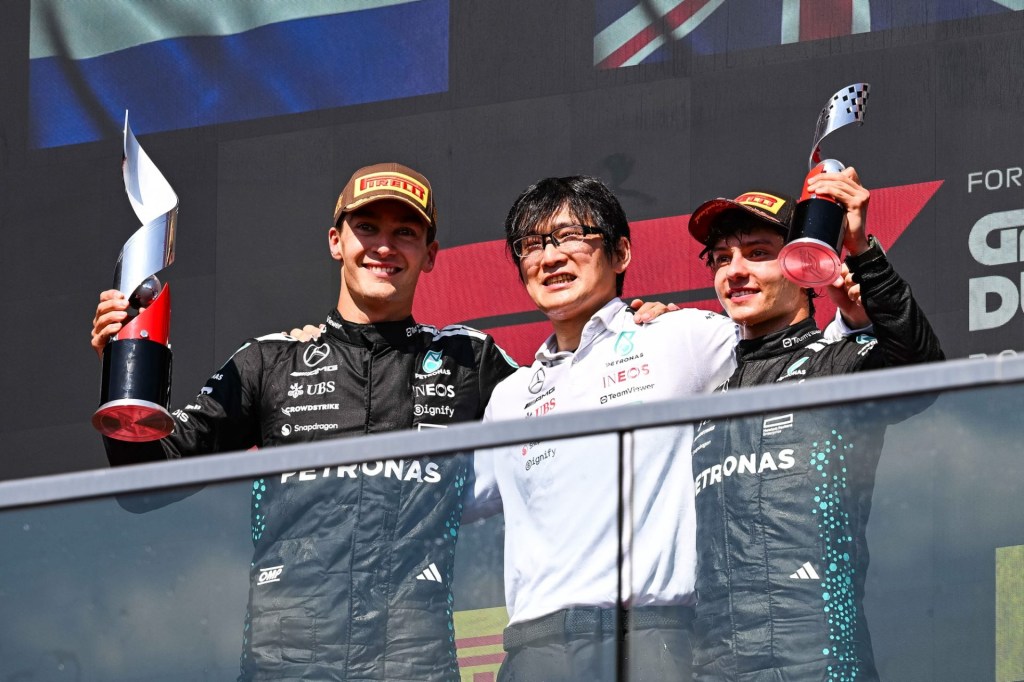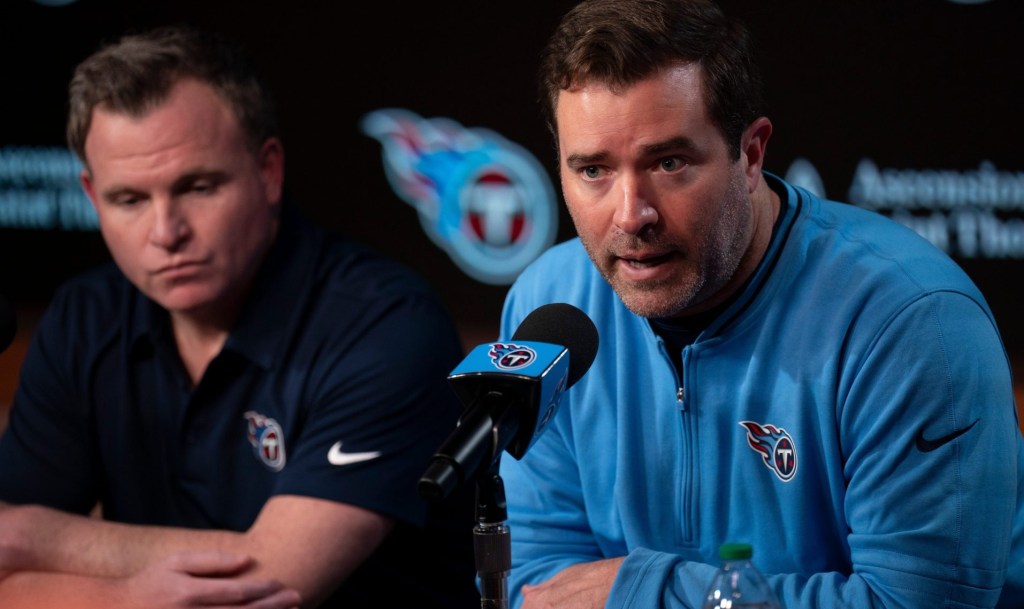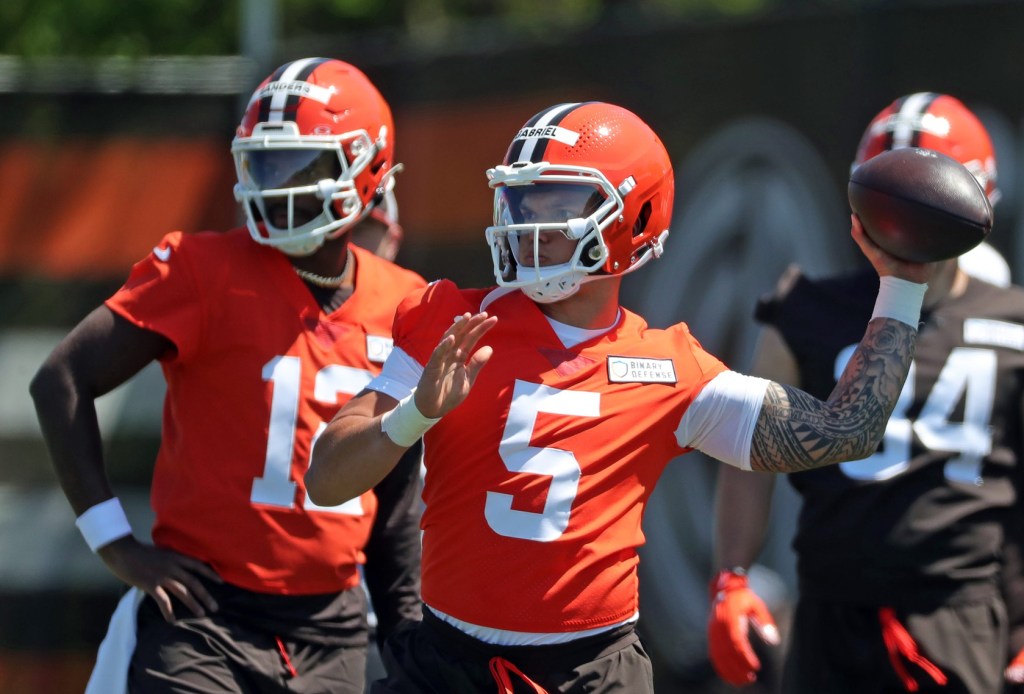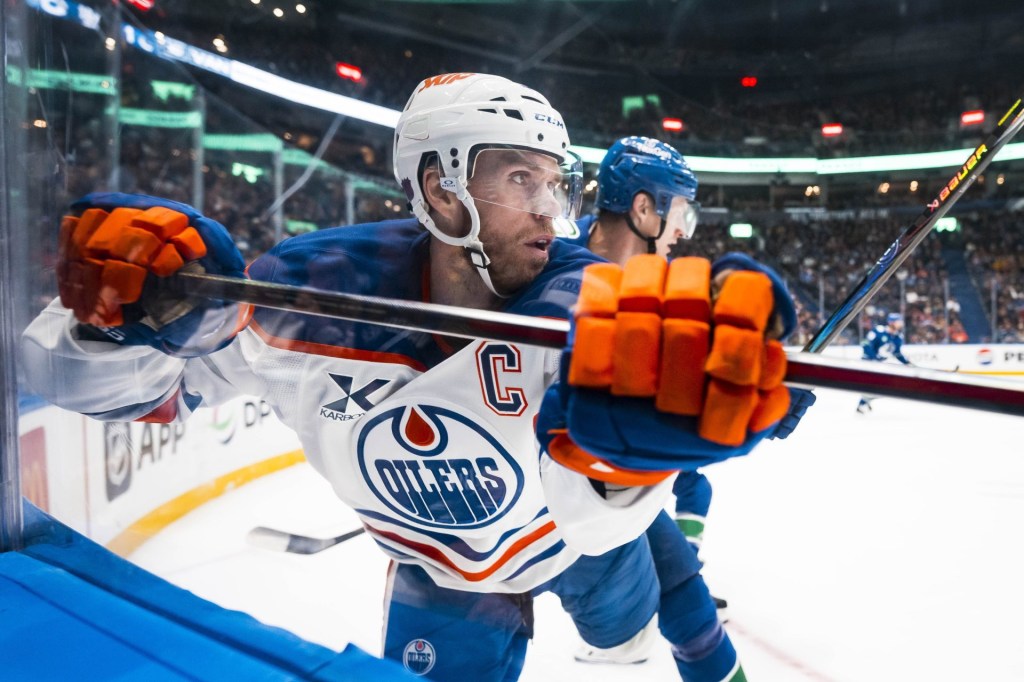Between the Women’s World Cup and Lionel Messi’s hugely hyped move to MLS, it truly is the “Summer of Soccer,” as Adidas executives have dubbed it. But not to be overlooked is one of the United States’ annual soccer traditions that is gaining more steam than ever.
On July 22, 82,262 fans piled into New Jersey’s MetLife Stadium to watch Premier League rivals Arsenal and Manchester United compete in a preseason friendly. It was the largest crowd ever for a soccer game at the venue and was just a couple hundred short of the record for any sports event there — Super Bowl XLVIII (82,529).
For soccer — long the “sport of the future” in the United States — the record crowds that have flocked to see Europe’s elite clubs in football stadiums across the country represent the sentiment that the future may finally be now.
“It’s not about the 82,000 people that were there, it was about the natural and authentic connection they have to this game now,” CBS Sports analyst and former MLS player Kyle Martino told Front Office Sports. “Growing up as a kid in the ‘90s that couldn’t find it in English [on TV], to stand there in a stadium an hour from where I grew up and see that going on, I have a unique vantage point to emphatically say this time is different.”
MetLife wasn’t the only NFL stadium to set a soccer record: A preseason fixture of El Clásico between FC Barcelona and Real Madrid drew 82,026 fans to the Dallas Cowboys’ AT&T Stadium on Saturday.
Italian club AC Milan opened its 2023 U.S. tour against Real at Pasadena’s Rose Bowl — famous in the soccer world for hosting the 1994 and 1999 World Cup Finals — drawing 70,814 fans.
“North America is one of the most important markets for us,” AC Milan’s chief revenue officer Casper Stylsvig told FOS. “We have a phenomenal stadium in Milan, San Siro, with a lot of fans and passion, but unfortunately not the whole world can experience that. So bringing the club to fans instead of fans to the club is something which is very important for us.”
Milan is no novice when it comes to attracting Americans: According to Nielsen data provided to FOS by the club, there are 43 million AC Milan supporters in the U.S. — the most of any Italian club and eighth-most of any European club.
That likely played a factor in RedBird Capital Partners purchasing the club for $1.3 billion last year; since then, the club has leaned even more into its American audience.
The most high-profile move was a $24.2 million transfer and subsequent four-year contract for American superstar Christian Pulisic, who had previously played for English club Chelsea and, ironically, departed after American Todd Boehly took over ownership.
“I did have discussions with the football side of the business, they don’t want to listen to my recommendation of which player we should sign from a commercial perspective,” says Stylsvig. “He’s here because he’s very talented… It’s an added bonus that he’s also the biggest player in the U.S.”
That bonus has already paid dividends in the form of a “tremendous” spike in team jersey sales following the announcement of Pulisic’s signing, per Stylsvig.
AC Milan also taps into some of the most iconic American sports brands to attract and retain fans.
Last August, the New York Yankees became a minority owner in the club, which plans to leverage that partnership into unique activations. Another minority owner — NBA legend LeBron James — recently expressed his admiration for the club.
“I love European football and I think Milan are a truly special club on and off the pitch,” he told Italian outlet La Gazzetta dello Sport. “There is a great opportunity to bring Milan back among the top teams and top brands of European football in the world.”
While success at preseason matches are great — and could expand into regular-season matches, if La Liga North America CEO Boris Gartner is to be believed — what AC Milan are truly searching for is a place in the broader American culture.
“It really transcends what we stand for when we talk about we are more than just football.” “From a commercial perspective, we want to get away from only focusing on what’s on the pitch because we don’t control that.”
